
The Baryton essentially belongs to the stringed family of musical instruments and can be termed as a hybrid version of the violin with additional strings attached to it. Related to the viol family, it was almost the size of a cello, but with a fretted finger board and six melody strings. It was played during the 16th and 17th centuries and enjoyed a certain position in music in Europe till the end of the 18th century. However, it ceased to be in style in the early 19th century. The 20th century saw a revival of the instrument with a renewed interest in the classical music. The name of the instrument is probably derived from the French word baryton or an Italian word baritone meaning ‘deep pitched’. This deep pitched sound of the baryton defines the instrument. The additional sympathetic strings give resonance to the sound of the instrument. Daniel Speer, a music tutor, describes Baryton in his published work of 1687 as, “There exists yet another viola which surpasses all the others, called viola di bardone.” Let us now learn more about this musical instrument.
Evidences related to the origin of Baryton are found in Marin Mersenne’s work Cogitata Physico–Mathematica in 1644. Though difficult, the origin of the Baryton can probably be traced to England in the early 17th century. The characteristics of the two instruments of the viol family namely viola da gamba and the bandora were combined to form a third new instrument. The additional strings were tuned a full octave, which was higher than the previous one. This modification however, helped the Baryton to stand out from other instruments such as the viola and cello in the then Baryton trio. The 17th century composer Joseph Haydn is also credited for setting the trend of Baryton, which dominates the field today. The revival of Baryton was initiated by Christian Dobereiner in Munich in 1934.
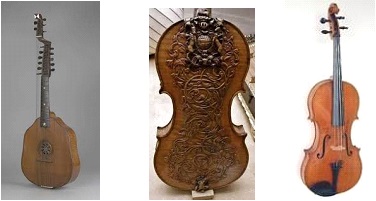
A Baryton is held vertically and is supported by the player’s legs. It has six to seven strings of gut that are arranged over a fretted fingerboard and is played with a bow. The bowed strings are placed on the right whereas the plucked string is on the left and can be reached by the thumb. The difference between a bass viol and Baryton is of strings. The Baryton has an additional set of strings. These strings perform the dual function of vibrating sympathetically with the bowed strings. This enriches the tone. They can also be plucked by the left thumb of the player, which creates a contrasting tone quality.
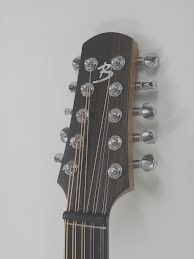
The components of Baryton are scroll, tuning pegs, belly, F–hole, tail piece, tail spike, fine tuners, the bridge, finger board, nut, peg box, strings and the bow.
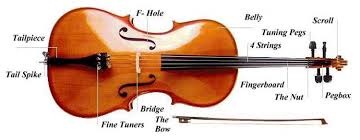
There are three versions of Baryton namely the baroque, classical and revival. The baroque Baryton of the middle ages had 6 bowed gut strings over a very broad neck, 7 frets and 20 strings. The classical Baryton was used in Prince Nikolaus Esterhazy’s court in the 1760s by Joseph Haydn along with some modifications. The revival of Baryton in the 19th century resembles the classical Baryton with a difference in weight and it had 44 strings on some of the instruments. The use of Baryton is very limited and it has been replaced by lighter versions such as the cello. However, there was a limited use of the instrument in the 20th century.
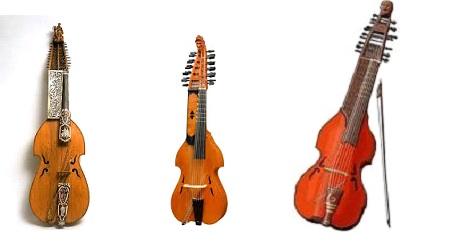
Baryton is mostly played in orchestras and concerts and also in solo renditions such as the chamber music. The instrument was played solo in the earlier centuries and was a part of the trio of violin and cello. Today, there is a very limited use of Baryton, except in certain ensembles and a few solo renditions. Some modern day compositions have been written for the instrument. A majority of the compositions are based on Joseph Haydn’s earlier works.
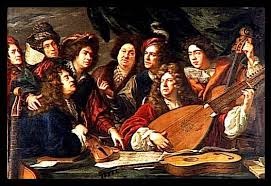
Baryton was played by Prince Nikolaus Esterhazy to the compositions of Joseph Haydn in the trio of violin and cello in the 17th century. Contemporary players of Baryton are Jeremy Brooker, Kazimierz Gruszczynski, Balasz Kukak (Haydn Baryton Trio of Budapest), Jose Manuel Hernandez, John Hsu, Roland Hutchinson, Jose Vazquez, and Kenneth Slowik. Amongst the modern day players of the instrument, the Swiss composer Klaus Huber has written a solo composition of work for Baryton in 2004.
Carnegie Mellon University School of Music in Pittsburgh USA and Royal Northern College of Music in Manchester, UK teach musical instruments of symphony orchestra such as Baryton. Baryton or Euphonium is a low sound musical instrument and learning to play it is a wonderful experience. The learning process includes the following steps:
- Select a Baryton with the right number of valves (4 or 3 valves)
- Pull out the horn so that the instrument is placed with the right side up.
- Setting up of the Baryton by putting in the mouthpiece lightly and tightening it by turning it clockwise in less than half position.
- Pushing down of the valves and oiling them.
- Getting used to holding the Baryton properly as it a heavy instrument.
- Blowing into the mouth piece with right fingers on the valves and left fingers on the thumb ring.
- Buzzing in the mouth piece by tightening of the lips and trying again to get the right sound.
- Hearing of the musical notes, whether high or low and refining the same.
Some beginners may learn to play in 8 weeks, few months or a year whereas some may take more than a year. There are music schools in UK, Germany and other countries also.
G Kowledge of | 0 Comments >>
0 Comments
Leave Comment
Your email address will not be published. Required fields are marked.